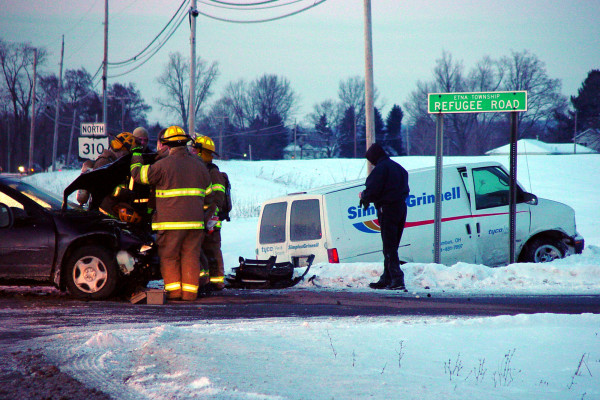- February 8, 2017
- Posted by: Liam Dai
- Category: Uncategorized

What is PIP? And What Are No-Fault States?
If you’ve ever been involved in an auto accident, you know there’s more pain than just your injuries. Trying to be adequately compensated for your losses and damages can be a trying endeavor, leaving you confused.
One term that you will hear after an accident is “no-fault” and how it applies to your claims. In this article, we’ll shed some light on how this affects your claims in regards to your personal injuries and your insurer.
What’s No-Fault?
Any automotive insurance program that allows you as the policyholder to recover any financial loss from an accident (regardless of who caused the accident) is known as no-fault auto insurance. This is a loose term, however, as no-fault is subject to various laws by state.
In the most strict interpretation of the concept, no-fault:
- provides for the payment of no-fault first-party benefit coverage (known as “personal injury protection,” or PIP)
- restricts your right to sue (known as the “limited tort” option)
According to the current no-fault laws in each state, you can sue for injuries and pain & suffering if your lawsuit meets certain criteria. These criteria are known as thresholds, which are related to the severity of injuries.
They may be expressed in either:
- verbal terms (a descriptive or verbal threshold), or
- in dollar amounts of medical bills (a monetary threshold)
There are also minimum requirements for the amount of days that you were disabled as a result of the accident.
The List of No-Fault States
Currently, there are twelve states (and Puerto Rico) that have no-fault auto insurance laws, each with their own thresholds:
- Verbal thresholds:
- Florida
- Michigan
- New Jersey
- New York
- Pennsylvania
- Monetary thresholds:
- Hawaii
- Kansas
- Kentucky
- Massachusetts
- Minnesota
- North Dakota
- Utah
In addition, Kentucky, New Jersey, and Pennsylvania have what is known as a “choice” no-fault laws. These states have the ability for motorist to reject the thresholds, retaining the right to sue for auto-related injuries.
* * *
This, of course, is a brief overview of what no-fault and PIP coverage are. As it varies by state and individual situation, consulting an insurance expert can help navigate the murky terms.
That’s why we recommend that you contact the insurance advisors at RiskBlock to assist in your decision-making when it comes to ensuring that, should an accident occur that injures you and your family, you’re covered.
